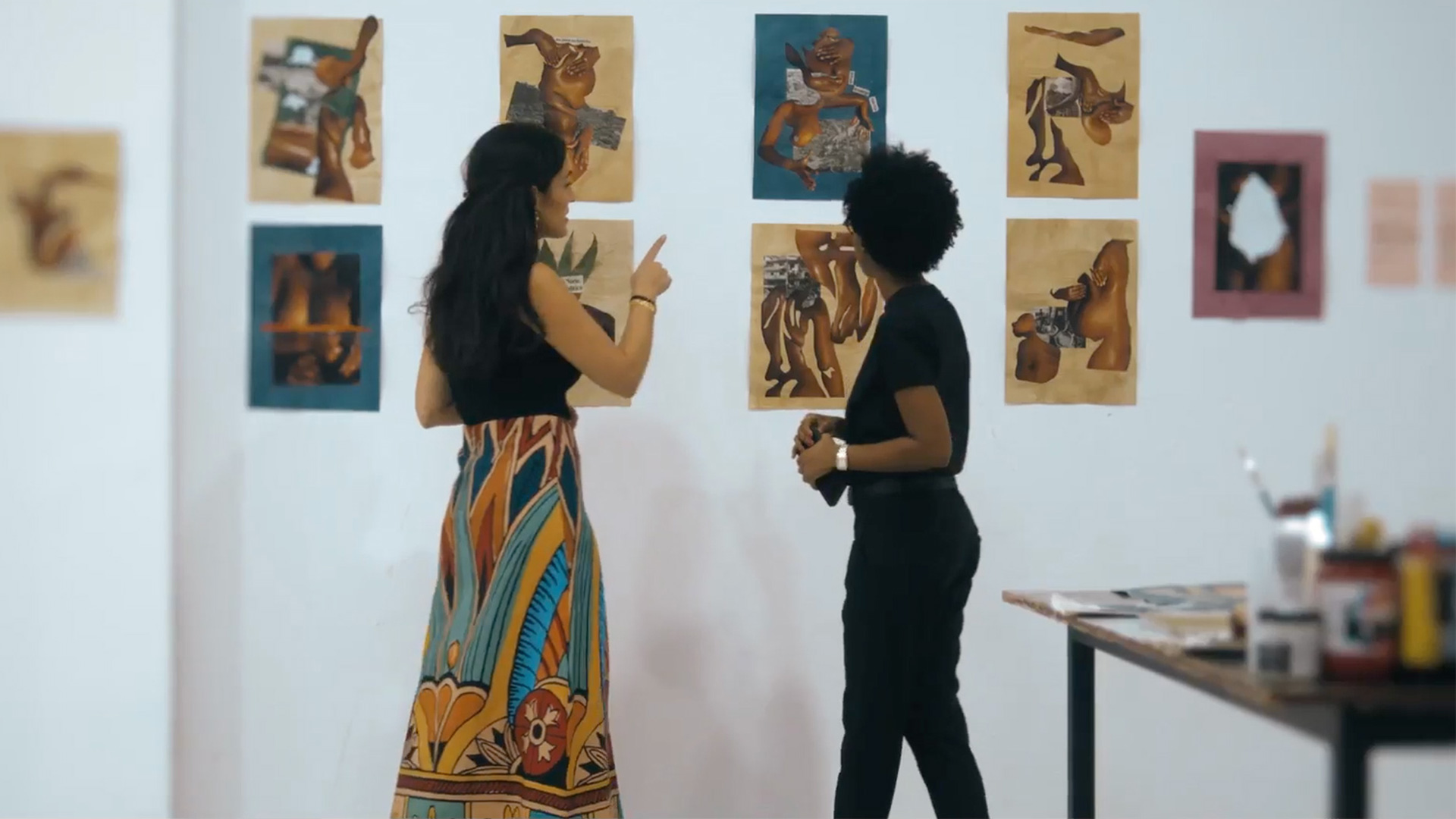
Why the international community is investing in Angola’s creativity
In the heart of Southern Africa lies a nation filled with creative potential. Angola, boasting a landscape as diverse as its culture, is emerging as a vibrant regional hub for creativity and innovation.
A burgeoning creative scene
Angola, a country that boasts a vibrant history, is embracing its creative potential.
Helping to lead this revival is Paula Nascimento, an Angolan architect and curator whose success mirrors the unfolding narrative of Angola itself.
Nascimento, alongside award-winning curator Stefano Rabolli Pansera, is best known for curating the Angolan pavilion at the 55th La Biennale di Venezia. Encyclopaedic Luanda, the first sub-Saharan entry, earned Angola the prestigious Golden Lion for Best Pavilion.
For Nascimento, this accolade was no surprise, as Angola has long provided a unique natural and cultural habitat for creativity to flourish at home and abroad.
“The country is very diverse, so you get a bit of everything,” she explains. “Angola is a melting pot of various unique ethnic groups that all sit alongside the sea, the desert, and a vast tropical rainforest. This is what makes up Angola as a nation.”

Angola’s creative evolution, which comes in the context of a broader move towards structural economic diversification, has benefitted from the international community, which has identified key potential areas of growth within the cultural and creative industries (CCIs).
The EU/United Nations Conference on Trade and Development Joint Program for Angola, Train for Trade II, is playing a major role in Angola’s cultural shift.
The program, funded by the European Union, is taking a holistic approach, operating across seven different economic policy areas simultaneously – including public funding, access to loans, empowering the creative workforce, tax incentives, and building creditworthiness.
The initiative, recognized as a global success story for Sustainable Development Goals (SDGs) implementation, is providing a roadmap for Angola’s creative economy, and is helping to showcase Angolan artistry to a waiting audience of international investors.

An open investment hub
Angola’s journey towards economic diversification and creativity is also being strengthened by a raft of domestic reforms, which are aimed at attracting international investment in its CCIs.
“State intervention, along with participation of the private sector and civil society, will help Angola unlock the economic potential of the sector,” says Marisa Henderson, head of UNCTAD’s creative economy program.
Measures taken at government level – from refining legal frameworks to incubating innovation – have shifted focus away from the state, moving towards a more agile, market-led, private sector model. This is not only creating a more inviting landscape for foreign investors eager to contribute to Angola’s CCIs but is also having positive ramifications for creators on the ground.

A springboard for new talent
Angola’s creative community is a thriving hub of activity, with each artist bringing a new perspective to consider.
“Angolan art is ready to conquer the world,” says Kiluanji Kia Henda, an Angolan performance artist of international acclaim.
Henda’s work touches on politics and war, but there is also a deep hope for the future, interweaving humor and storytelling as he explores a new identity for Angola.
Benigno Mangovo, is one of the new generation of artists that is benefitting from sweeping domestic reforms and international CCI investment. The work of artists like Mangovo is made possible by new private philanthropic endeavors, like the Nesr Art Foundation, which, as Angola propels itself into a creative future, is countering historic underrepresentation to empower a new wave of creatives.
Filomena Mairosse, a Mozambican interdisciplinarity artist in residence in Angola, explores themes of belonging, consumption, and nature, and is finding inspiration in the transformation she is seeing on the streets of Luanda.
Creating art in Angola, and in Luanda specifically, has been very transformative. It’s very difficult for one to not be moved by Luanda, as the city has its own way of urging you to create.
Filomena Mairosse, interdisciplinary artist
But for each of these artists, the importance of telling authentic Angolan stories remains paramount, especially as the country’s creative landscape evolves.
“We are ready for Angolan art to be shown at an international level,” says Mangovo. “But at the same time, before we show it to the world, it’s important for art to be for the Angolan people first.”
A future for creativity
As Angolan artists flourish on the global stage, the country’s burgeoning creative landscape echoes the resilience, innovation, and boundless potential that defines this Southern African nation.
The symbiotic relationship between domestic reforms, international investment, and talent is positioning Angola as not just an investment opportunity but a dynamic force in the global creative arena.




